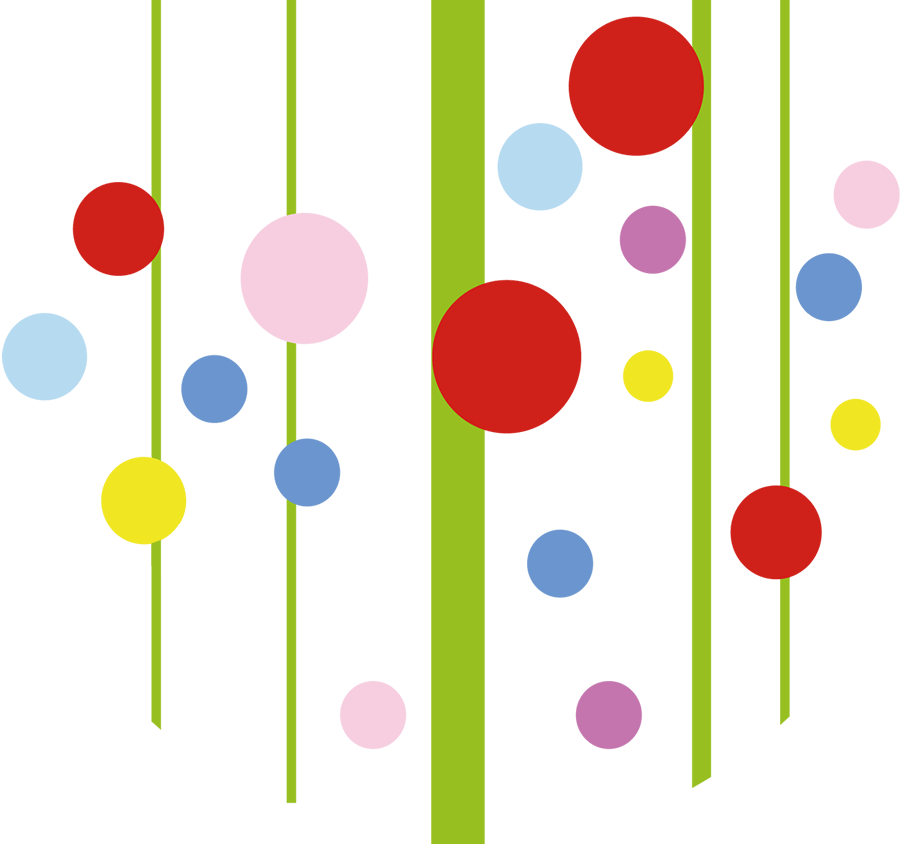Seeds of Change: How UK Community Groups are Cultivating Natural Havens with Wildflowers
You’ve probably noticed something different in your neighbourhood recently. Pockets of wildflowers blooming where there used to be dull grass. Swaths of pinks, purples and yellows attract bees, butterflies and birds. Turns out it’s not an accident. Community groups have been rolling their sleeves and getting their hands dirty to transform unused spaces into natural havens all over the UK. They’re digging, planting, seeding and spreading native wildflower seeds to create colourful corridors and refuges for local wildlife. Best of all, anyone can get involved in this grassroots movement, bringing nature back to our streets and green spaces. The efforts of these community groups are sowing seeds of change that are blossoming into something beautiful.
The Decline of Wildflowers in the UK
The UK once boasted abundant wildflower meadows, but over 97% have vanished today. Community groups are working to turn the tide and restore these havens for wildlife.
The Vanishing Wildflower Meadows
Wildflowers were once familiar in the British countryside, with over 600 native species gracing meadows and roadsides. Since the 1930s, over 3 million acres of wildflower habitat have been lost to development and industrial farming. These colourful meadows have been paved over or replaced with single-crop fields.
The remaining wildflower havens are isolated, limiting how insects and animals can move between them. Many species have declined or disappeared as a result. Conservationists realised protecting existing meadows and restoring others was critical to supporting biodiversity.
Local community groups have stepped up to sow the seeds of change. Through fundraising and volunteer efforts, they’re converting unused land into wildflower meadows and maintaining established ones. Their work is helping native wildflowers like oxeye daisies, birdsfoot trefoil and red clover flourish again, creating habitat corridors for wildlife. Together, they’re cultivating beauty and biodiversity, one meadow at a time.
Introduction to a Blooming Movement:
A blooming movement is taking root across the UK. Community groups are sowing wildflower meadows to create natural havens that support bees, birds, and butterflies.
The Buzz Around Bees
With bee populations declining, wildflower meadows provide essential habitat and foraging spots. The flowers’ sweet nectar and protein-packed pollen are bee magnets, attracting pollinators to feed and fuel hive growth. By cultivating wildflower meadows, community groups are creating bee-friendly environments that help combat colony collapse disorder.
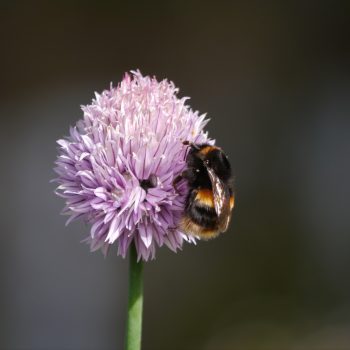
A Welcome Rest Stop for Weary Travelers
Wildflower meadows also provide shelter, seeds, and insects for migrating birds. As birds traverse continents, these meadows offer a place to rest, refuel, and replenish energy. The meadows supply materials for breeding birds to build nests and feed hatchlings. By nurturing wildflower meadows, community groups are fostering spaces for birds to rest their wings and raise the next generation.
A Flutter of Colour
Butterflies gracefully glide from flower to flower, their colourful wings adding splashes of wonder. Wildflower meadows give butterflies spots to sun themselves, sip nectar and lay eggs. Caterpillars that emerge can feed on the meadow’s foliage until they transform into butterflies. Through cultivating wildflower meadows, community groups create sanctuaries for these delicate creatures to complete their life cycle.
By sowing wildflower meadows, community groups are sowing the seeds to support biodiversity and the interconnected web of life. Their efforts bloom into havens that give nature a nurturing hand in a world of disappearing green spaces. What started as a seed of change is blossoming into a movement cultivating hope.
The Power of Community Collaboration:
Local community groups across the UK are working together to transform unused green spaces into wildflower havens. By pooling resources, knowledge, and manpower, neighbourhoods are cultivating natural oases that benefit wildlife and people.
Coordination between community organisations, gardening clubs, schools, and local councils has created wildflower meadows in urban areas. Volunteers gather to clear areas of invasive weeds, plant native wildflower seeds, and plug plants. Students get involved in habitat restoration projects, learning about biodiversity and the environment.
Once established, the wildflower meadows require minimal maintenance. They provide shelter and sustenance for bees, butterflies, and birds, supporting the ecosystem. For residents, the meadows offer opportunities for recreation and education. Their colourful blooms brighten the community and lift spirits.
Community collaboration makes it possible to convert neglected spaces into vibrant wildflower havens. Working together at a grassroots level, people positively impact their local environment and foster community bonding. The efforts of these community groups prove that small actions can lead to big changes. Their wildflower meadows are sowing seeds of change.
Spotlight on Two Grassroots Campaigns: Making a Difference
Two inspiring community-led efforts are helping transform unused green spaces into havens for native wildflowers and wildlife.
The BeeLines campaign encourages people to sow wildflower seeds in their area to create pollinator-friendly BeeLines across the UK. The project started in 2016 and provides free wildflower seed packets so individuals can cultivate natural corridors in their neighbourhoods. The interconnected wildflower routes provide essential habitats and foraging opportunities for bees, butterflies and other pollinating insects. So far, the grassroots campaign has inspired over 10,000 people to get involved, resulting in hundreds of miles of wildflower BeeLines created across the country.
Grow Wild is a Kew Gardens-led initiative that gives community groups grants and resources to transform neglected land into wildflower green spaces. Since 2012, Grow Wild has funded over 2,000 projects, supporting communities to sow native wildflower meadows in schools, parks, roundabouts and other public areas. The localised projects are helping to boost biodiversity in towns and cities across the UK. Grow Wild also guides wildflower species selection, land preparation, community engagement and project sustainability. Through their support, groups cultivate natural oases that can thrive for generations.
These inspiring grassroots campaigns prove that collective action can have a considerable impact. By sowing wildflower seeds, communities are coming together to help native wildlife, beautify neighbourhoods, and make a lasting difference.
Wildflower Seeds vs. Wildflower Seed Mats: What's the Difference?
Lorem ipsum dolor sit amet, consectetur adipiscing elit. Ut elit tellus, luctus nec ullamcorper mattis, pulvinar dapibus leo.
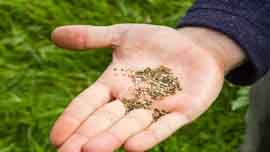
Wildflower Seeds
Wildflower seeds are loose seeds you sow directly into prepared soil. They are inexpensive and give you more control over the flower species and layout.
However, they require proper site preparation to germinate and can take several seasons of growth to produce a full, colourful display. Seeds also need consistent moisture and weed control until established.
Wildflower Seed Mats
Wildflower seed mats, also called wildflower turf or wildflower blankets, are pre-grown sheets of wildflowers, grasses, and legumes. They produce flowers more quickly, within weeks of laying, and require less maintenance since the plants are already established. However, seed mats are more expensive, offer less choice in flower species and arrangements, and may not root as deeply as direct-sown seeds.
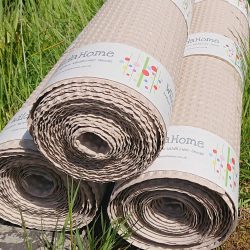
For a low-maintenance, colourful display in the first season, wildflower seed mats are ideal. If you’re on a budget and want more control over your wildflower meadow, direct-sowing seeds may better suit your needs. Either way, with the proper site preparation and care, you’ll be on your way to cultivating your slice of natural haven and habitat for pollinators.
The Benefits of Wildflowers for Wildlife and People
Wildflower meadows provide shelter and sustenance for birds, bees, butterflies and other beneficial insects. The variety of flowers offers pollen and nectar, attracting pollinators vital for plant reproduction and crop growth. Many bird and mammal species also feed on the seeds, using the meadows as a food source.
Wildflower meadows have mental and physical health benefits for humans. Their colourful blooms can lift our moods and reduce stress, anxiety, and depression. Interacting with nature has decreased blood pressure and heart rate, improving cardiovascular health.
Community groups cultivating wildflower meadows create havens that nourish wildlife and people. Providing these sanctuaries in urban areas brings natural beauty into our neighbourhoods and daily lives.
The Environmental Impact: Beyond the Beauty
The environmental impact of community wildflower projects extends far beyond their beauty.
Improved Biodiversity
Wildflower meadows support biodiversity in the local ecosystem by providing habitat and food sources for pollinators like bees, butterflies, and birds. The diverse mixture of native wildflowers offers nourishment for insects and wildlife that have evolved together over time.
Natural Pest Control
A variety of wildflowers attracts beneficial insects that prey on common garden pests. Ladybugs, lacewings, and parasitic wasps help naturally control aphid, mite, and caterpillar populations. This reduces the need for chemical pesticides, which can harm non-target species.
Soil Health
Allowing wildflowers to grow and bloom improves soil health by decomposing their roots and fallen foliage. As the plant matter breaks down, it returns nutrients to the soil and aids in soil aeration and water retention. The soil becomes more fertile and supports a thriving community of soil organisms like earthworms, fungi, and microbes.
Carbon Sequestration
Meadows containing native grasses and wildflowers effectively absorb and store atmospheric carbon dioxide. As the plants grow, they convert CO2 into roots, stems, and leaves, storing the carbon in the soil. This helps mitigate climate change by reducing greenhouse gas levels. Community wildflower projects, though small, collectively make a difference.
Planting for the Future: Sustainability and Wildflower Spaces
Sowing wildflower seeds is an easy way for community groups to cultivate natural havens that promote biodiversity. By planting native wildflowers, you provide essential habitat and food sources for local wildlife, such as birds, bees, butterflies, and small mammals.
Choosing Native Seeds
Select wildflower seeds native to your region for the best results. Native plants are well-adapted to the local climate and soil conditions where you live. They require less maintenance, saving time and money. Native wildflowers also support native pollinators and wildlife in your area that depend on them as a food source.
Sourcing seeds from reputable suppliers that specialise in native plants is critical. Look for seeds that are certified weed-free and not treated with chemicals. Non-native or invasive species can threaten native plant communities and the wildlife that depends on them.
Maintenance
While native wildflowers require little maintenance once established, the area will need some management. Weeding, especially in the first few years, helps the wildflowers become the dominant vegetation. Mowing or burning certain sections on rotation also prevents one species from becoming too dominant.
Community groups planting wildflower spaces today are cultivating sustainable havens that will provide environmental and social benefits for future generations. By choosing native seeds and adequately managing the site, these natural spaces can flourish with little ongoing input, serving as a legacy for the future.
Getting Involved: How to Join or Start a Local Initiative
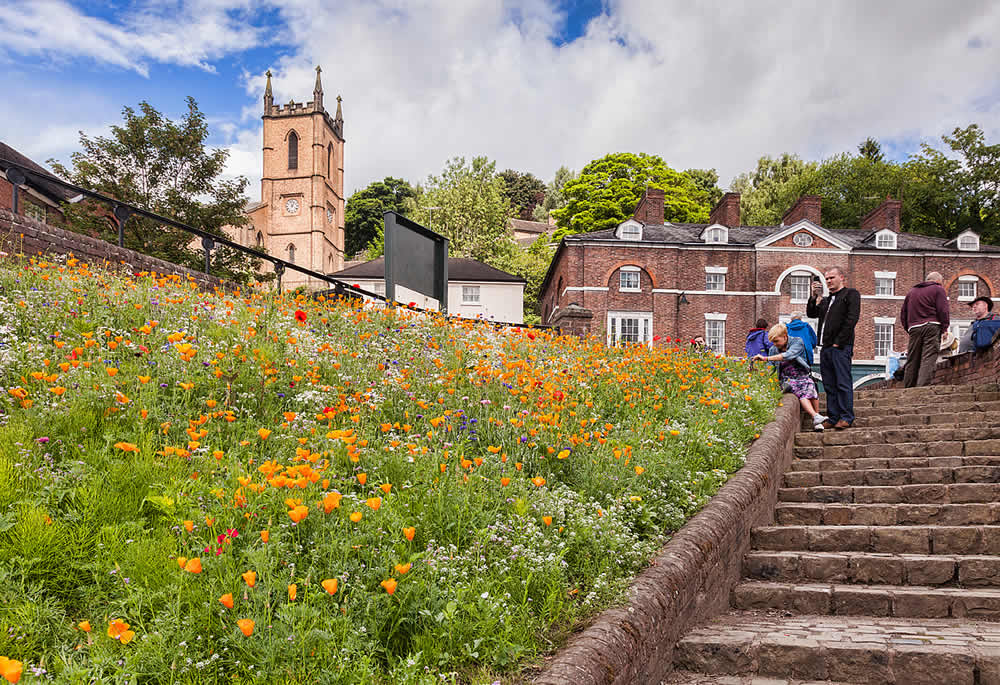
Have you been inspired by the community groups cultivating wildflower havens across the UK? Want to get involved but not sure where to start? Here are some tips to help you join or begin a local wildflower initiative:
Look for existing groups in your area that are involved in wildflower meadow creation or conservation. Many community organisations have Facebook pages or websites with contact info. Reach out and express your interest in volunteering. They may need help with seed collecting, sowing, or habitat management.
If there are no established groups near you, start your own! Gather a team of like-minded nature lovers and choose a location for your wildflower project. This could be a neglected green space in your neighbourhood, or you could work with local schools, churches or the government to identify suitable public land.
Please do your research on native wildflowers and grasses and the habitat conditions they need to thrive. Develop a plan for preparing, sowing, and managing your site. Before proceeding, check if any permits or permissions are required.
Promote your initiative and recruit volunteers through social media, flyers, and local organisations. Ask garden centres or nurseries if they would donate wildflower seeds or plants. Apply for grants to help cover costs.
With some time and effort, you can establish your community wildflower haven. Not only will you help conserve biodiversity in your area, but you’ll also create an oasis of natural beauty for all to enjoy. Every small act of rewilding makes a difference!
How Wildflowers Can Revitalise Our Communities
So there you have it: embracing wildflowers in your community can make a difference. Even small acts like sowing a packet of native wildflower seeds in your garden or volunteering with local conservation groups to help restore wildflower meadows can have a big impact. Together, we can transform forgotten green spaces into vibrant havens for wildlife and natural beauty. Who knows, maybe one day, your neighbourhood could become home to rare bees, birds, and butterflies that have been missing for decades. Every wildflower matters in creating a colourful patchwork of habitats across the country. Why not get out there, get your hands dirty, and be part of this growing movement of community spirit and natural wonder? The possibilities are as endless as a summer sky.
Wildahome: Seed Mats and Loose Seeds for Wildlife Conservation Projects
Wildahome offers an innovative solution for community conservation projects with its wildflower seeds and seed mats, carefully selected from locally sourced wildflower meadows. These eco-friendly products are designed to restore biodiversity, support pollinators, and beautify communal spaces with vibrant native flora. By incorporating Wildahome into conservation efforts, communities can actively preserve local ecosystems, enhance environmental sustainability, and foster a deeper connection with nature.

